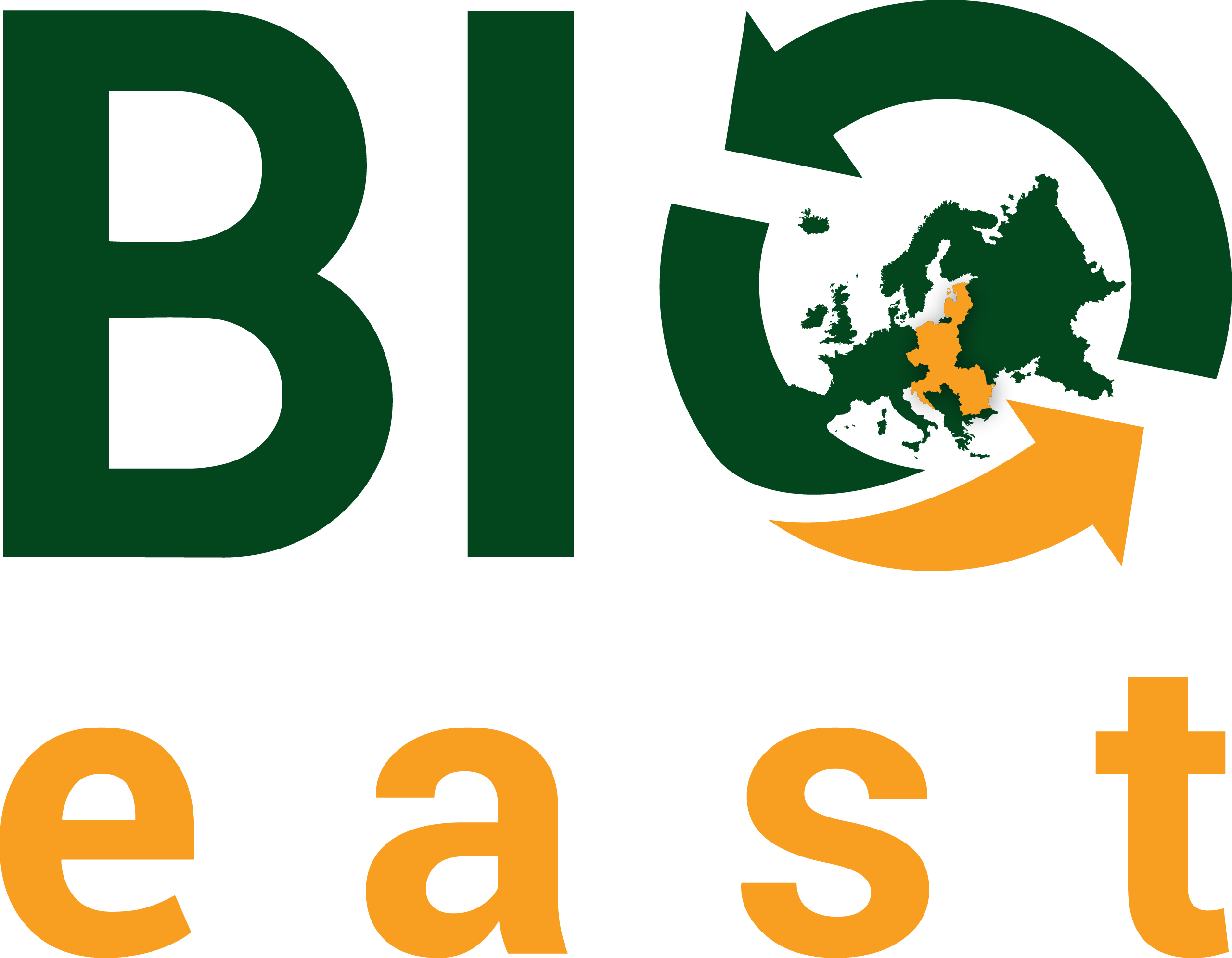National Contact Point
JĀNIS ŠNAKŠIS
Ministry of Agriculture
Department of Foreign Affairs and Strategic Analysis
Janis.Snaksis@zm.gov.lv
AINARS NABELS-SNEIDERS
Ministry of Agriculture
Department of Foreign Affairs and Strategic Analysis
Ainars.NabelsSneiders@zm.gov.lv
ILZE LACE
Permanent Representation of Latvia to the European Union
Department of International Relations and Strategy Analysis
ilze.lace@mfa.gov.lv
The BIOEAST Initiative’s National Contact Point (NCP) is the Ministry of Agriculture. One of the NCP’s main roles at national level is to interact and coordinate the national views with other bioeconomy related ministries.
Description
The Ministry of Agriculture of Latvia are responsible for agriculture, forest sector, fisheries, rural development, veterinary and food. Functions of ministry: Develop agriculture, forest sector and fishery policies. Organization and coordination of agriculture, forest sector and fishery policies implementation.
Main task areas related to RDI and the Bioeconomy:
Sustainable agriculture, forestry, fisheries and food production; Food and feed safety; Promotion of competitive business development in the sector; Promoting the development of human resources, to create more opportunities for income generation and employment in the rural areas; Preservation of the sustainability of natural resources; Through Latvia University of Life Sciences and Technologies and its research institutions: Forest Research Station, Latvian Plant Protection Research Centre, Institute of Agricultural Resources and Economics and Institute of Horticulture covers agricultural, forestry and food research and innovation transfer; Encourage bioeconomy sectors and cross-sectoral development by developing and implementing innovative approaches; Efficient and sustainable use of natural resources in order to develop the economy with high added value, promoting exports and employment.
Relevant details regarding the bioeconomy
JRC Bioeconomy KC – https://datam.jrc.ec.europa.eu/datam/mashup/BIOECONOMICS/index.html
Bio-based Industry Consortium – Country Report:https://biconsortium.eu/Latvia-country-report
BBI JU Country Fact Sheets – https://www.bbi-europe.eu/sites/default/files/Latvia.pdf
Nation bioeconomy hub of Latvia is available at the following link
In May 2020, the Latvian High-Quality and Healthy Food Cluster has been officially transformed to the LATVIAN FOOD BIOECONOMY CLUSTER.
After the initiation of the cluster as a triple-helix network in 2010, followed by the establishment of the cluster organization “Latvian high added value and healthy food cluster” in 2015, the members of the cluster have decided to set forward a new ambition for the cluster with a vision to become a key food bioeconomy innovation hub in Latvia.
The new name, goals and agenda of the cluster reflect the current priorities of its members – the move towards more sustainable and environmentally friendly high quality food production, closer cooperation between science and industry for the development of innovative technologies, food products and food processing side streams valorization with higher added value. Latvian Food Bioeconomy Cluster aims to form even closer cross-sectoral and international cooperation links with bioeconomy clusters, consortia, science parks, business incubators and innovation centers both in Latvia and abroad.
The cluster currently has 14 members – innovative niche food producers, science, research and development organizations and Vidzeme Planning Region.
BIOECONOMY-RELATED PROJECTS
BioMonitor – addresses the information gap in bioeconomy research by re-structuring its existing data and modelling framework.
rdi2club – is to bring together bioeconomy developers throughout the rural areas of Baltic Sea Region to a joint table to solve global and local challenges with bioeconomy innovations.
balticbiomass4value – aims to enhance capacity of public and private actors within the BSR to produce bioenergy in more environmentally sustainable and economically viable way by utilizing new biomass sources (chiefly, biological waste) for energy production, as well as possibilities to use bioenergy side streams for higher value bio-products.
